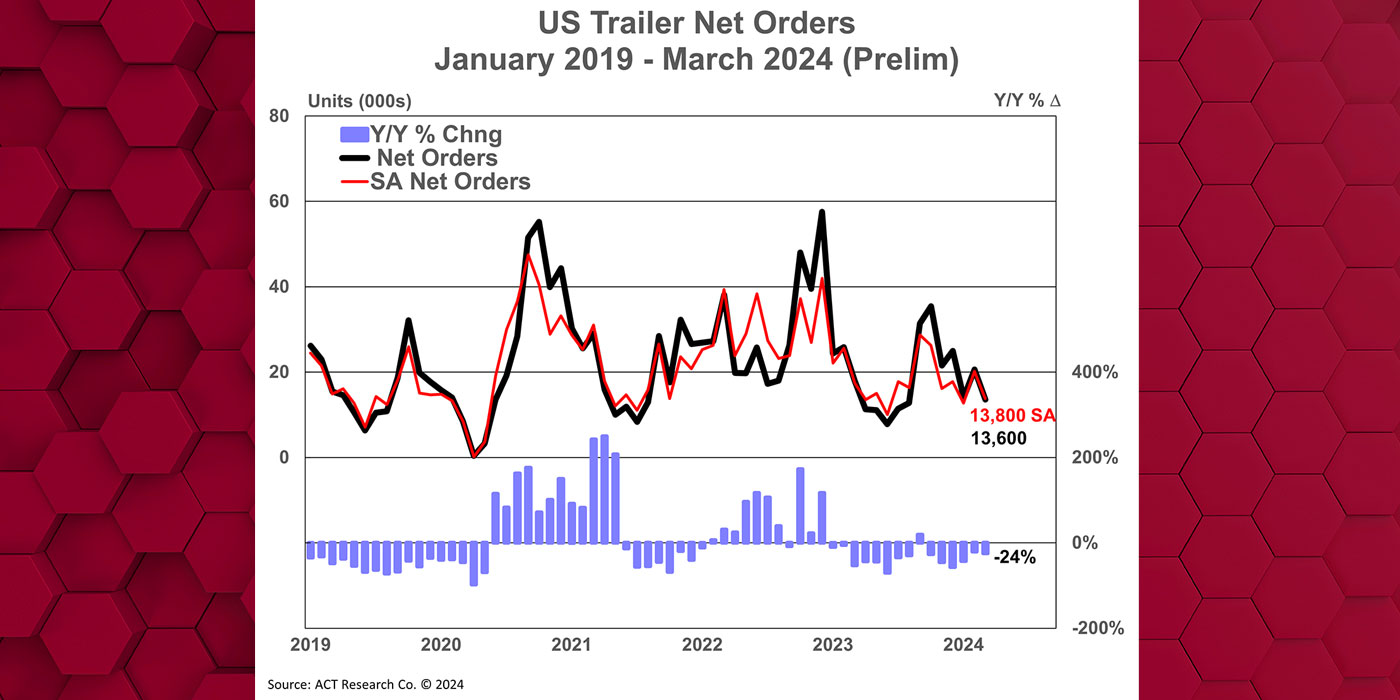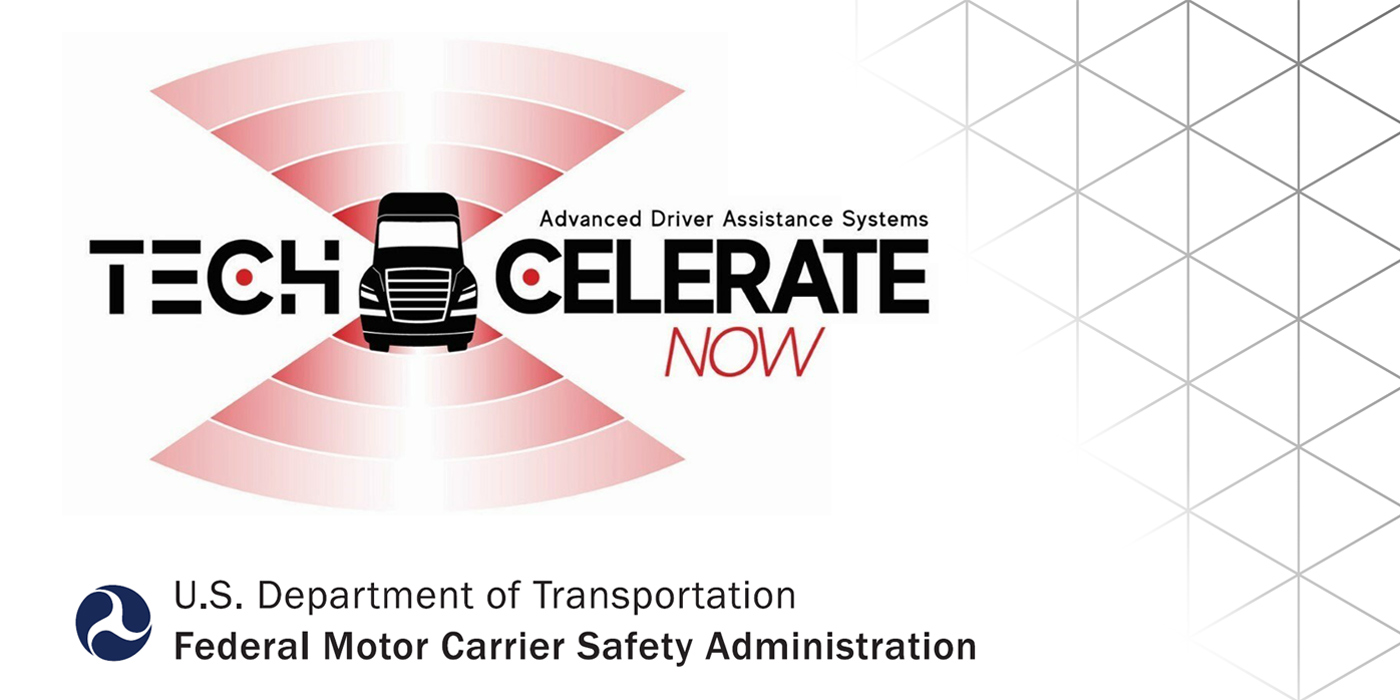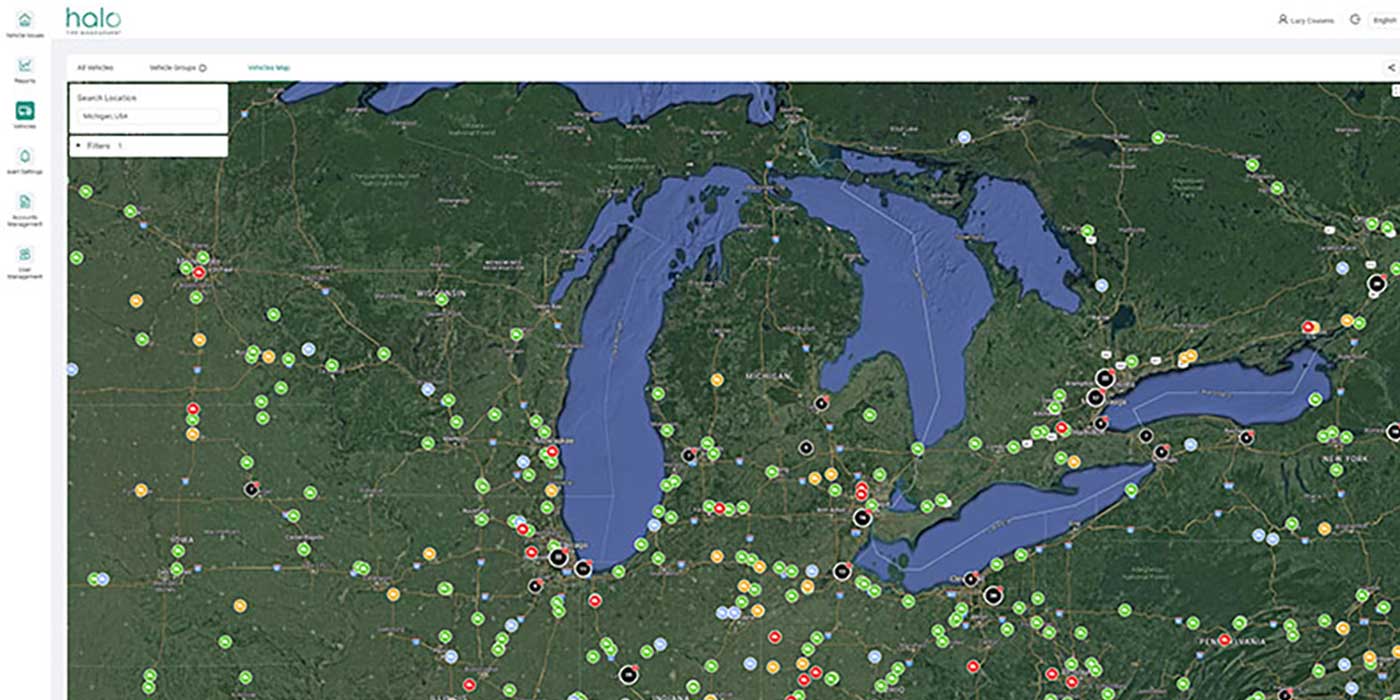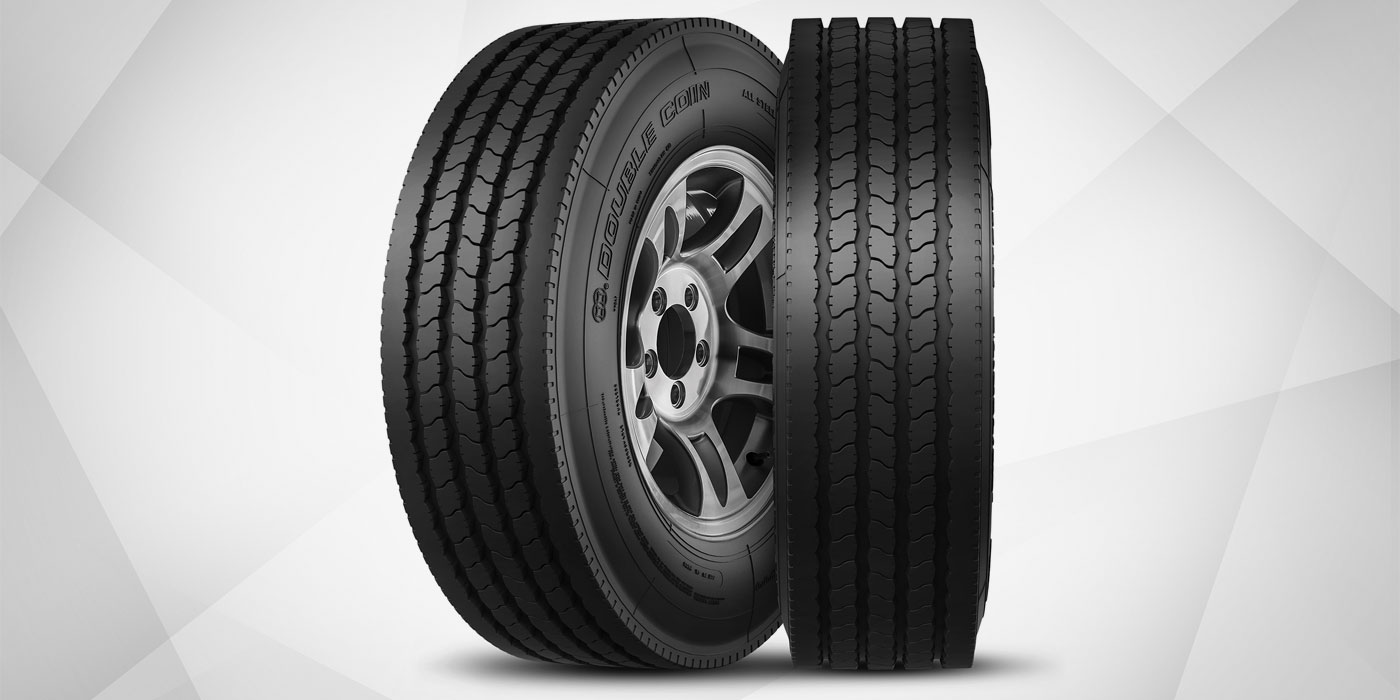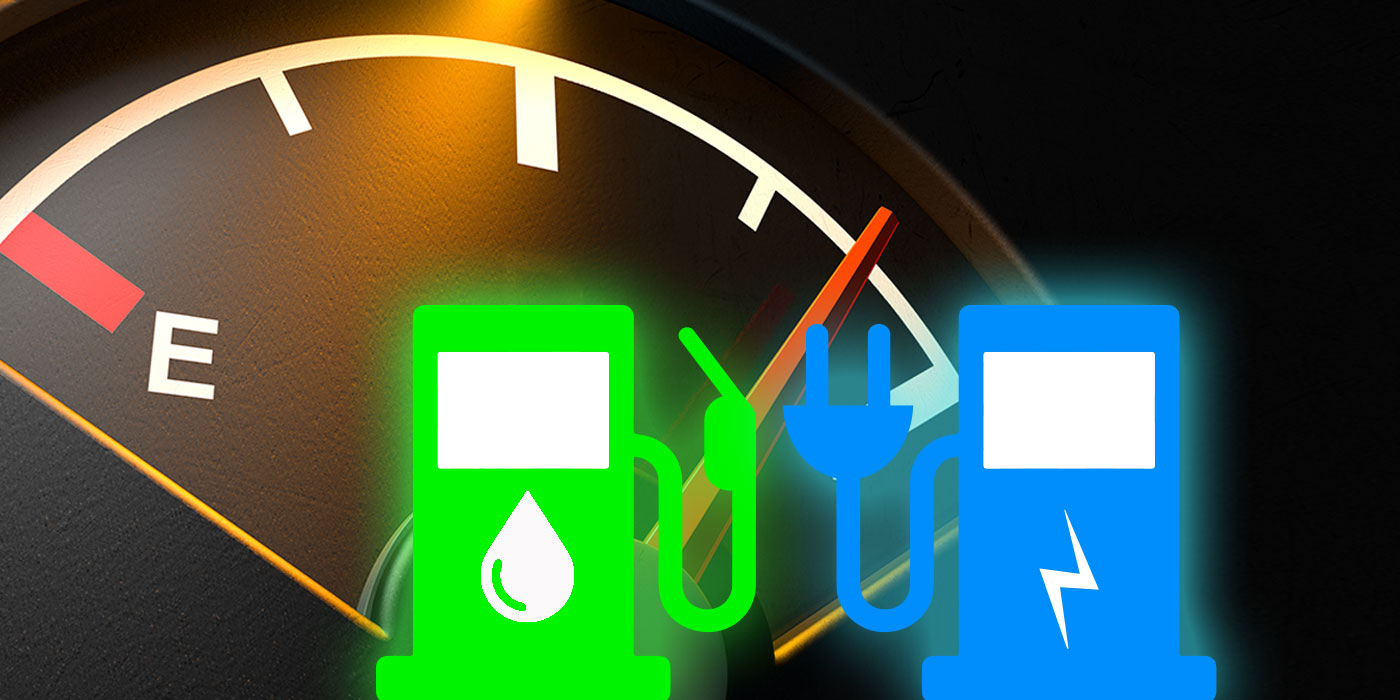When we think about how to increase vehicle fuel economy, the obvious parameters come to mind:
• Vehicle make/model;
• Engine configuration;
• Aerodynamics (both tractor & trailer): Sideskirts; wheel covers; trailer nose cone; etc.;
• Limiting tractor-trailer gap;
• Roads: Straight; curvy; and mountainous;
• Service vocation (operations); and
• Tires and maintaining proper inflation pressure.
Equipment buyers have direct control over which vehicles are specified and how they will help increase overall fuel economy. However, drivers are one of the biggest impacts on fuel economy that these same equipment buyers have no influence over. Industry studies over the years have shown that drivers can affect vehicle fuel economy by as much as 35%. Fleets that understand the enormous effect drivers play in fuel economy can save their company millions of dollars in annual fuel savings through proper driver education and fuel economy reward incentives. Young, inexperienced drivers directly out of truck driving school tend to be aggressive in their driving habits compared to drivers who have been on the road 30 years or more. Younger drivers just do not anticipate as well as older, more experienced drivers.
The Technology Maintenance Council (TMC) of the American Trucking Associations has developed a recommended practice, RP-1114, that addresses the issue of drivers and fuel economy. Drivers directly impact fuel economy in five specific areas:
1. Horsepower demand: Choose the best use of gears. Minimize low gears and higher engine RPM;
2. Idle time: Shut down the vehicle after three to five minutes of idling time;
3. Vehicle speed: Avoid rapid acceleration and limit speed through use of cruise control and proper pedal management;
4. Brake use: Anticipate traffic lights to avoid coming to a complete stop; and
5. Driver attitude: Foster good relationships between drivers and management. Initiate driver training programs on an ongoing basis. Establish driver incentive programs for fuel economy improvement.
Many fleets have established monthly, quarterly and yearly rewards for those drivers generating the highest miles per gallon. One large linehaul fleet even offers a new Harley-Davidson motorcycle to the best driver with the top fuel economy—talk about incentives. This particular fleet continues to see impressive fuel reduction numbers every year.
Drivers can also help increase fuel economy through proper route selection based on terrain and weather. Optimizing drive time to avoid big city rush hour congestion is always a fuel saver.
Fleets need to work as a team with their associates in order to maximize vehicle fuel economy. Teams should typically include driver, operations, safety, maintenance and finance personnel. It is always critical for the driver to understand and buy into any vehicle upgrades and improvements. Listening to driver suggestions about improving fuel economy is a win-win.
Since tires are a major contributor to reduce rolling resistance and improving fuel economy, insuring tires are running at the fleet recommended tire pressure is important. Tires lose air because of osmosis through the casing (1 to 3 psi/month), leaking valve cores and slow leaking punctures in the tread area. Tires ran 10% underinflated will cost about a 1.5% loss in fuel economy. Those unchecked inside dual tires can be as low as 30% underinflated based on industry pressure surveys (most notably the inside dual trailer tires).
Educating drivers about tires and inflation pressure is another opportunity to maximize vehicle fuel economy. When there is a tire pressure imbalance between duals, the lower pressure tire will have different tire revolutions per mile than its neighbor tire. This results in the tire scuffing as it travels down the highway, leading to uneven wear. Fuel economy drops significantly when the tread is not smooth and even.

